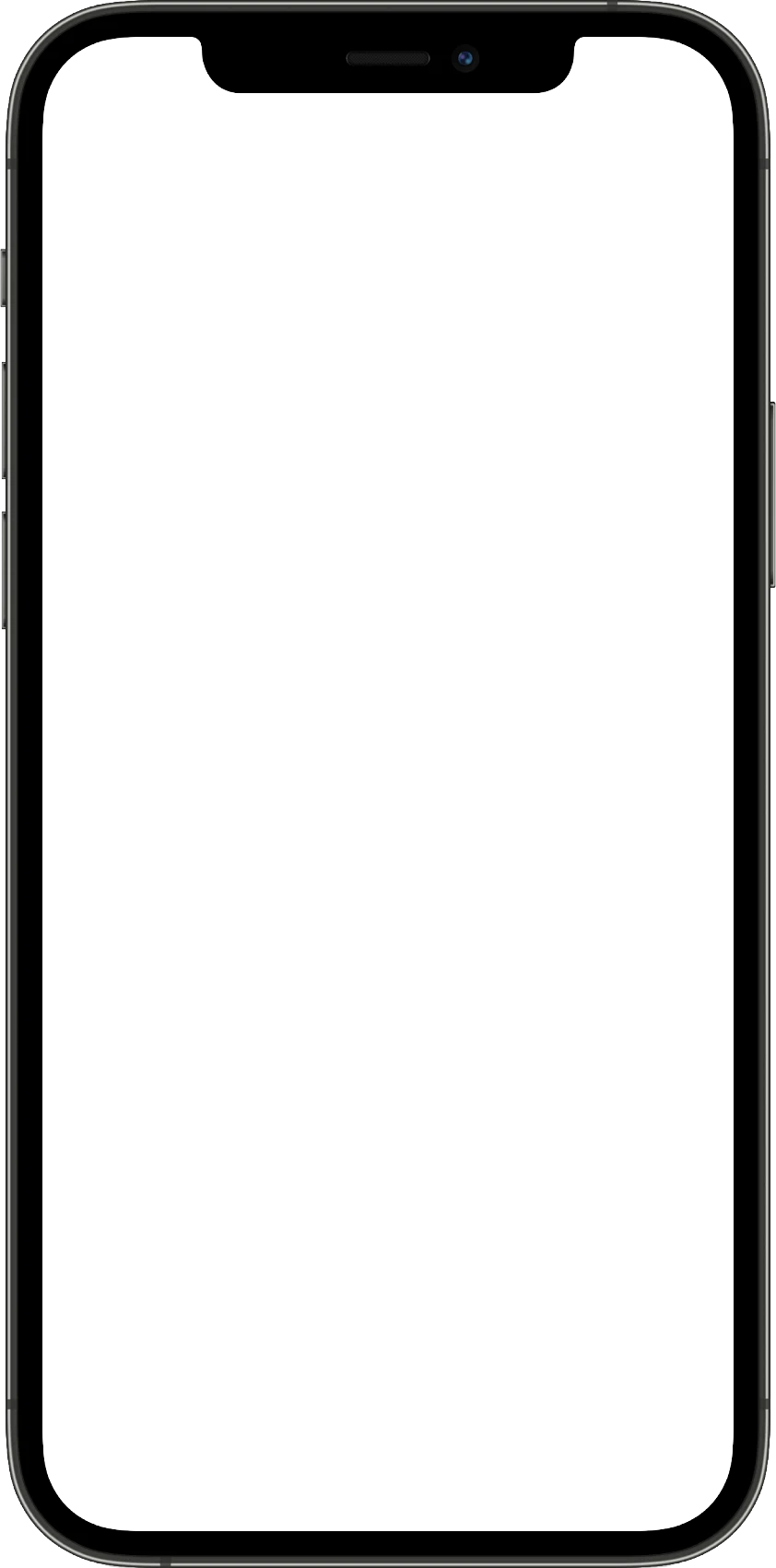
As with anything, your audience is key when putting together a wine list. Sure, you can create a luxurious and pricey wine list, but if your audience does not want it, no one will be happy.
What you want to portray as a hospitality business is obviously important, but it is wise to weigh up whether this meets the needs of your guests. Or if not, will it bring enough new guests?
You can identify your audience fairly easily by looking at your current guests. Who returns frequently, which guests experience the best nights in your restaurant, and which do not.
You can also use this information to get an idea of the budget these guests find appropriate for an evening meal. This is super important because it is directly related to the vineyards in which you can start harvesting.

Your menu is crucial when it comes to putting together your wine list. Every dish should be able to be paired with a suitable wine. This in turn does not mean that there has to be a separate wine for every dish on the menu. Depending on your concept and your audience, you can choose to create a more 'general menu' or select individual wines for each dish.
By identifying your audience, you can get a good idea of the price range in which your wine list can be assembled. Naturally, you also want to make some profit, and your margins play an important role here.
Ideally, you want to acquire wines of superb quality at a sharp price. Not only does this ensure that you can serve beautiful wines at a fair price, but it also contributes to better margins for your business. This sounds logical but isn't necessarily easy. To realize this, you will have to look for gems of wines yourself and this is where knowledge of both wine and your audience comes in handy.
Note: It is also important to take seasonal trends into account and adjust your wine list accordingly. You're food menu and historical sales data can offer you a helping hand here.

Finding a good and knowledgable supplier can help you find quality wines at a good price. Points to consider when finding a good supplier are knowledge, prices, and the connection to your concept.
A supplier with good knowledge of wine can be very helpful. Especially if you don't have this expertise yourself, as a knowledgeable supplier can help you find quality wines at good prices. However, the extent to which your supplier matches the concept of your business is important here, as this has a direct impact on the advice they can provide.
If you have good wine knowledge yourself, you can make a decent estimation as to which supplier fits your concept and also offers good value for money. However, if this is not the case, you could consider seeking the help of an expert.
By keeping track of your sales data, you can create a good overview of the wines that are selling well, or not so well. This data can be used when you create a new wine list - both to determine the type of wines and the wines that you will sell by glass or bottle.
Alternatively, you can use the sales data to see which wines have the best margins. You can share this insight with your team so they can recommend the wines with good margins to your guests.

The better your employees are able to provide your guests with appropriate advice on wine selection, the more likely they are to have a positive experience in your restaurant, and thus, become returning guests.
Besides, providing education or training is also good for your employees' personal development, which in turn increases the likelihood that they will stay with you. On top of that, employees with a good knowledge of wines find it easier to apply the upselling strategy (selling more expensive wines and/or with better margins). So, it's a win-win situation!
Meet Workfeed - the most user-friendly workforce management software built for the hospitality industry. Restaurants of all sizes use Workfeed to create, share and track work schedules across departments - without the chaos.


With integrations to the systems that you use in your restaurant, such as payroll, Point of Sale, and table booking systems, you bring everything together to manage your team from one app. Allowing you to find more time in your day, get more overview, and have happier employees.
